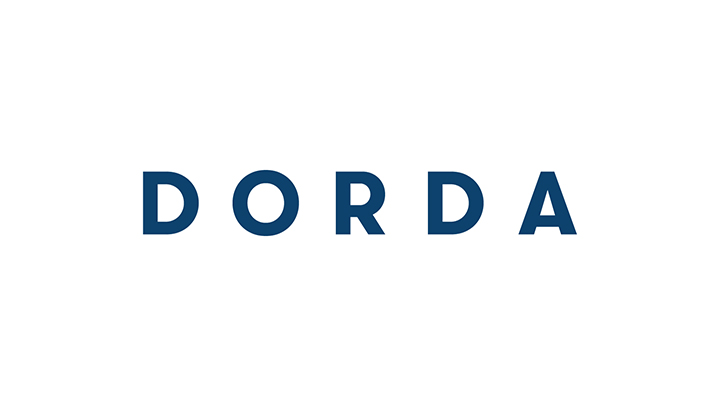The ubiquitous need to facilitate remote work in 2020 has led to a surge in the use of Cloud applications and platforms.
At iManage, we’ve been no different. We have utilised more Cloud systems over the last few months to help increase our own productivity. It’s been essential for us as we can stay on the latest version of software without having to go into an office to upgrade.
But some technologies also have come of age for many of our customers and prospects as their interest in Cloud turned from a nice to have to a must have as they strived to maintain business continuity throughout the pandemic.
Previous doubts about whether users can actually be productive from a home environment have disappeared. And our customers that already made the transition a while back have told us they aren’t sure how they would have survived as a business without it.
But as we continue along this remote work path long term, there’s still a lot more organisations can do with their document management system and Cloud to be able to closely simulate in-office processes. They need to think about it as more than just an electronic filing cabinet.
Recently, I’ve participated in some podcasts and events – remotely of course – and have been asked to talk about trends we are seeing at iManage including the enormous push toward Cloud across the legal industry in 2020. Some of the driving factors:
Meeting short-term needs
Just weeks into 2020, firms had to quickly figure out how they could function and maintain business continuity with remote work.
Users quickly learned and embraced new technologies to maintain collaboration and productivity from home. This tipping point brought Cloud migration to the surface for many CIOs.
The accelerated decision to move to the Cloud for document management systems quickly proved massively beneficial because users now had access to their documents from anywhere at anytime and upgrades were seamless, lessening the load on IT staff.
But for many companies, having the ability to access their documents via the Cloud is where the benefit ends. A modern DMS goes beyond this.
A Modern DMS: Enhancing security
Before the pandemic, the #1 barrier we saw to Cloud migrations was security concerns. Many firms were concerned that they wouldn’t have control of their client data or it wouldn’t be secure enough to meet client security regulations.
What many companies have found due to necessity is that Cloud can not only provide the security they need—even with a fully remote workforce–but also offer higher levels of security. iManage has built our Cloud from the ground up with Zero Trust security. This principle essentially boils down to that the network is always assumed to be hostile, plus external and internal threats exist in the network at all times. So that means you cannot trust the network or your own users or even your team….
It may sound paranoid, but it’s especially important in a remote work environment. Everyone who’s not Cloud based already should be asking their vendors what their policy is around Zero Trust.
A Modern DMS: Improving the User Experience
As regional distancing requirements and individual health concerns still limit when each user can get back to an office, working practices and locations are still in flux. This is taking a bit of an attitude switch for some firms to determine how they can replicate functionalities and processes traditionally done in person; but this uncertainty is eased by the availability of Cloud document management systems.
For example, iManage Drive enables users to increase the functionality of iManage Work by offering the ability to access their workspace, documents and files from a familiar interface, increasing their ability to be more productive in a remote setting.
Also, modern document management offers other collaboration and productivity benefits that firms still have yet to realize in their remote work. They must take some of the lessons learned over the past few months and learn how to use these systems to react quickly to various situations, such as managing workloads when staff members fall ill or are on holiday.
That handover can just as easily be facilitated in a DMS as at a water cooler chat in an office because documents are in a single location.
Onboarding also is easier in a Cloud environment as everything can be seamlessly pushed to a new user; I’m excited to say that iManage has been hiring and onboarding during the pandemic as well so we understand the challenges people face reading into a matter or a project.
A Modern DMS: Facilitating management needs
Managers also need to push through the functionalities of their Cloud and DMS technologies to find new ways to replicate processes they used in the office.
By embracing the capabilities of the DMS they can benefit from a continuity view of their staff and department or firm matters to ensure business continuity when required. They also should use these features to ensure things run smoothly whether in or out of the office.
With Cloud DMS systems meeting all these needs for successful remote work, whether in or out of the office, it ensures collaboration, productivity and business continuity is both achieved and maintained. It’s little wonder why the attitude for many firms now is no longer if they will move to the Cloud, but when.
If you are thinking about a move to iManage Cloud, or would just like to know more about how we can help your organization facilitate more effective remove work please contact us for a iManage Work 10 Demo Session.





